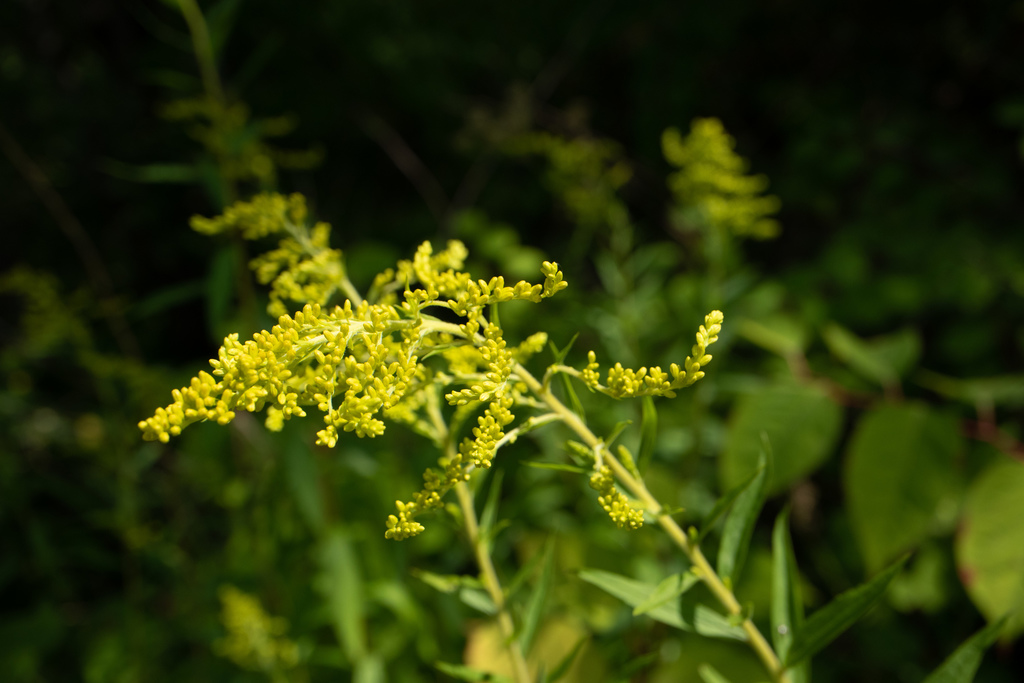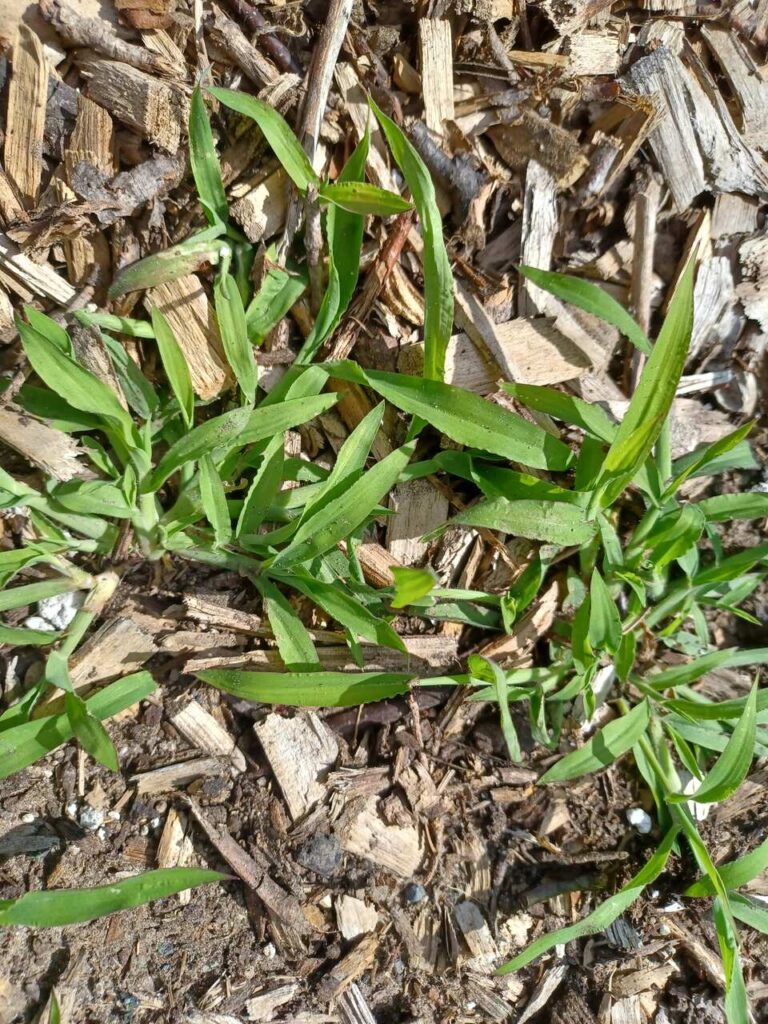
Weeding native plant gardens: a dance with nature
I was out weeding the native plant garden at Lucas House this week, before it got too hot. Just an hour later, I felt 100 times better.
Weeding feels like it should be a chore. Indeed, as I look at the garden and see weeds sprouting, I feel anxiety at the task ahead. But then I get stuck in.
Here’s the thing: weeding, the way we do it in native plant gardens, is more of a dance with nature. It’s a creative act. And, perhaps most importantly, it’s a way to get familiar with your landscape.
Two things to remember about weeding native plant gardens
- First, we plant our gardens densely. The idea is that by the third year, the ground will be completely covered so you won’t need to weed, unless there’s something particularly horrible that’s crept in.
- Second, we weed lightly. We don’t necessarily take everything out. We let some weeds be (I’ll explain why) and we encourage some plants to self-seed to create new plants – so we don’t want to pull those up.
First and second-year weeding
The rules go like this: you can leave annual weeds, but cut off their seed heads before they become viable. So, for example, if you have rye grass or crab crass, let them be but cut off their flowers and seeds. There’s a reason it’s not always a good idea to pull up weeds, as you’ll see below.
You can use your judgement with perennial weeds.
- If it’s an invasive plant, get rid of it right away, usually by pulling it up.
- If it’s a plant that’s not native and you don’t like it, chop it down.
- If it’s a plant you’re OK with, leave it.
How to weed have plant gardens

We need to remember that every time we pull a weed, it creates disturbance. Your garden is full of seeds. They could be seeds of plants you want, but more likely in a new garden they’re full of seeds you don’t want. For example, the garden at Lucas House is full of grass weeds from the previous garden. I don’t want them.
So when you disturb the soil by pulling a weed, it brings more of these seeds into contact with light, which causes them to germinate. Bottom line: pulling weeds often creates more weeds!
Instead, do what horticulturalists tell you no to do – chop them off at ground level with some shears. Yes, they might come back, but it’s much quicker to chop them off again than it is to deal with the 10 more weeds your disturbance has created. If you chop before the flowers come, you’ll weaken the plant and eventually it will give up and die.
If you really can’t bear to do that – or maybe your garden is in a prominent position and you need it to look good, you can use a hoe that is less invasive than most. I have a Dutch hoe that I bought form Lee Valley (link). It slices weeds off just below the soil surface. You can then leave them on the soil as mulch or, if you must, pick them up.
Native weeds that aren’t weeds

Here’s the key part of this article: your native plant garden is a living thing (doh!). By that I mean, it will change over time. It’s not meant to be static, it is meant to develop the way it wants to develop. I see it like this, if you’ll forgive the self-help language: your job is to help your garden be its best self.
Some of the plants we use are ruderals. These are plants that live fast but die soon. They flower soon after they’re planted, set seed and then die in a year or two. Rudbeckia hirta (Black-eyed Susan) is an example of this.
The setting seed part is important, however, because you’ll likely have new plants popping up all over. And unless they’re getting too much, you’ll want to leave them be! That’s the whole idea behind planting ruderal plants in the first place.
How to know what is a weed and what is not
I’m still learning about the garden at Lucas House, and particularly its weeds. Last year was all about crabgrass. This year it’s all about rye grass.
If I don’t know what a plant is, I look it up. You can use an app on your phone like iNaturalist or PlantNet to snap a picture of the plant and, most times, it will tell you what it is. You can then read more information about it and find whether it’s native, non-native but OK, or invasive.
Read about the plant’s growth habit. If it’s non-native and grows quickly, maybe you don’t want it to take over your garden. But if it’s non-native and harmless – and you like it – you can leave it be.

If it’s native and harmless, you can also leave it be. The garden is showing you what likes to grow there.
Be aware, however, that some native plants are very aggressive. For example, if you have Solidago canadensis (Canada goldenrod), you might want to get rid of it. While it’s an excellent source of food for pollinators, it will take over your garden. The same might be true for Asclepias syriaca (Common milkweed). I have a couple of that popped up at Lucas House and I’m keeping a close eye on them.
Weeding if your chance to become familiar with your native plant landscape
This is why I say weeding is not a chore. It’s a time to get to know your garden. Look at it plant by plant and learn what is there. Make decisions according to how you want the garden to develop. Be a partner with nature.
Believe it or not, weeding is where half the pleasure comes!
